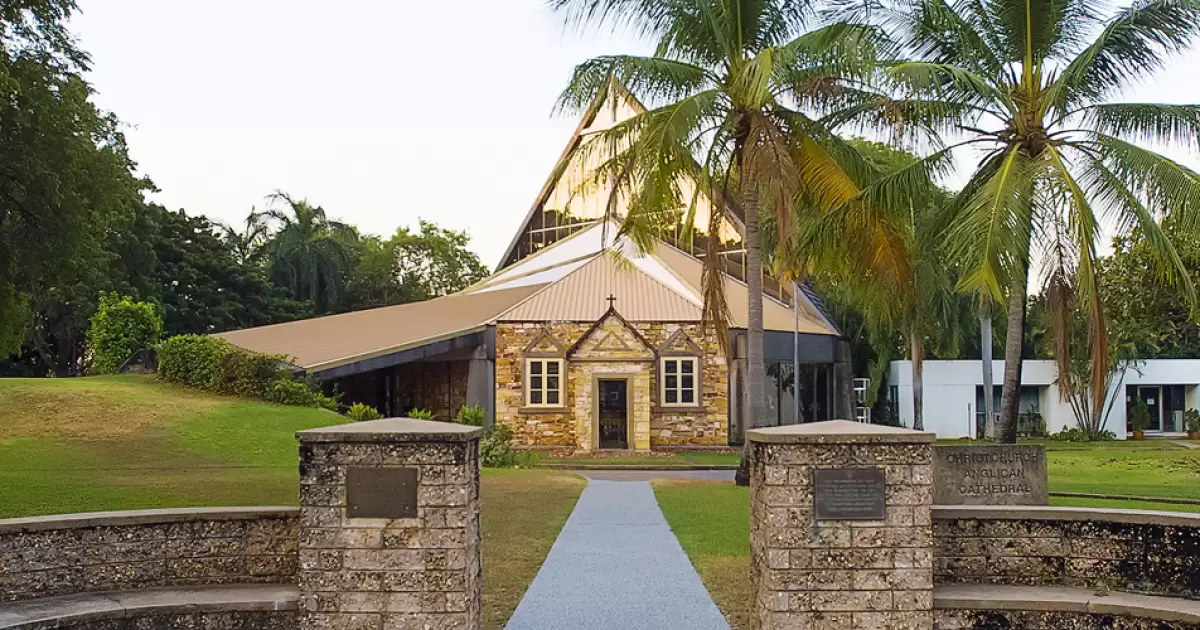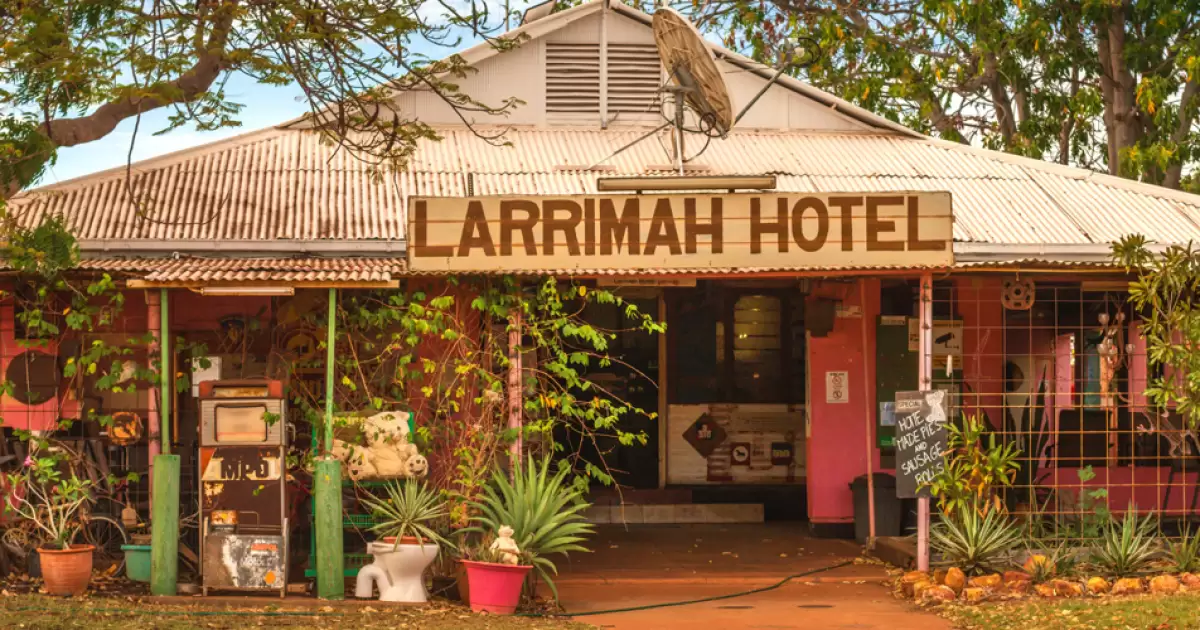Uluru is home to a plethora of springs, waterholes, rock caves and ancient paintings.
Have you ever heard of a place called Uluru? Located in the Northern Territory of Australia, it is an iconic sandstone formation that stands 348 meters (1141 ft) high and stretches over 3.6 kilometers (2.2 mi) long. It is one of the most visited tourist destinations in Australia, and for good reason! Let’s explore why this natural wonder should be on your bucket list.
Uluru used to be called Ayres Rock until it was returned to the Anangu, the Aboriginal owners in 1985. It is 450 km (270 miles) west of Alice Springs, in the Uluru-Kata Tjuta National Park which covers over 132 000 ha.
The Meaning Behind Uluru
Uluru has been around for over 600 million years, and it holds immense cultural significance for Indigenous Australians. The Anangu people, who are traditional owners of the land, believe that their ancestors created Uluru and other nearby rock formations. They named these sites Tjukurpa, which is a complex body of knowledge honoured by generations of Indigenous Australians. In this way, Uluru carries stories from the past that have been passed down through time.
The Cultural Significance of Uluru
Uluru is sacred to the Indigenous people of Australia, the Anangu people. They have inhabited this area for at least 10,000 years and consider it a vital part of their spiritual life and history. The area around the formation is home to a plethora of springs, waterholes, rock caves and ancient paintings. Uluru is listed as a UNESCO World Heritage Site. This is why visitors are asked not to climb on or around the rock itself—doing so would be disrespectful to their culture and traditions. Instead, visitors can explore nearby walking trails that provide stunning views without compromising any cultural sensitivities.
The Beauty of Uluru
If you’ve seen photos of Uluru before, you know that it’s quite a sight! The sheer size and beauty of the landmark will take your breath away - especially when you experience it up close. The best time to visit is early morning or late afternoon when the light gives the sandstone its characteristic red hue - a natural phenomenon that only serves to add to its appeal! And if you’re lucky enough to catch a clear night sky, look out for stars in abundance as this region has some of the darkest skies in all of Australia!
Exploring Uluru
Uluru offers countless activities for visitors to explore. From hiking around its base to camping under its stars, there are many ways to experience this magical site. There are also tours available that will take you into caves and crevices not visible from the ground level. Geological studies show the rock formation continues for 15 miles, curving downward and up again to join the Olgas. Or you can take a hot air balloon ride at sunrise or sunset—it’s said that no photograph can capture what you see from up above!
What You Can Do At Uluru
Apart from admiring its beauty from afar, there are plenty of activities available for those looking for more adventure. Take a guided tour around the base and learn about its geology; spot kangaroos at sunrise; or even take an Aboriginal painting class with an Anangu artist! There are also plenty of cultural experiences available such as traditional dance performances and interactive talks about bush tucker (food). However you decide to spend your day here, there’s no denying that Uluru will leave a lasting impression on you!
Preserving Uluru
While it may be tempting to climb up Uluru, we urge all visitors to respect Aboriginal law and refrain from doing so. Climbing up Uluru is considered disrespectful because it has deep spiritual meaning for Indigenous Australians who consider it part of their sacred land. Therefore, we recommend admiring this magical place by taking pictures or just taking in its beauty without touching it.
If you ever get a chance to visit Australia’s Northern Territory, make sure you check out Uluru! Its beauty will leave you speechless and its cultural significance will stay with you forever. There are plenty of activities available for all types of travelers—from sightseeing to camping—so don't miss out on this amazing opportunity! Just remember to respect Aboriginal law by refraining from climbing upon the monolith itself; instead enjoy it from afar or take one of many guided tours available in the area! With so much excitement waiting for you at Uluru, it's definitely worth adding this Australian gem to your bucket list today!

Uluru / Ayres Rock

Kings Canyon
Longitude:
131.032542









